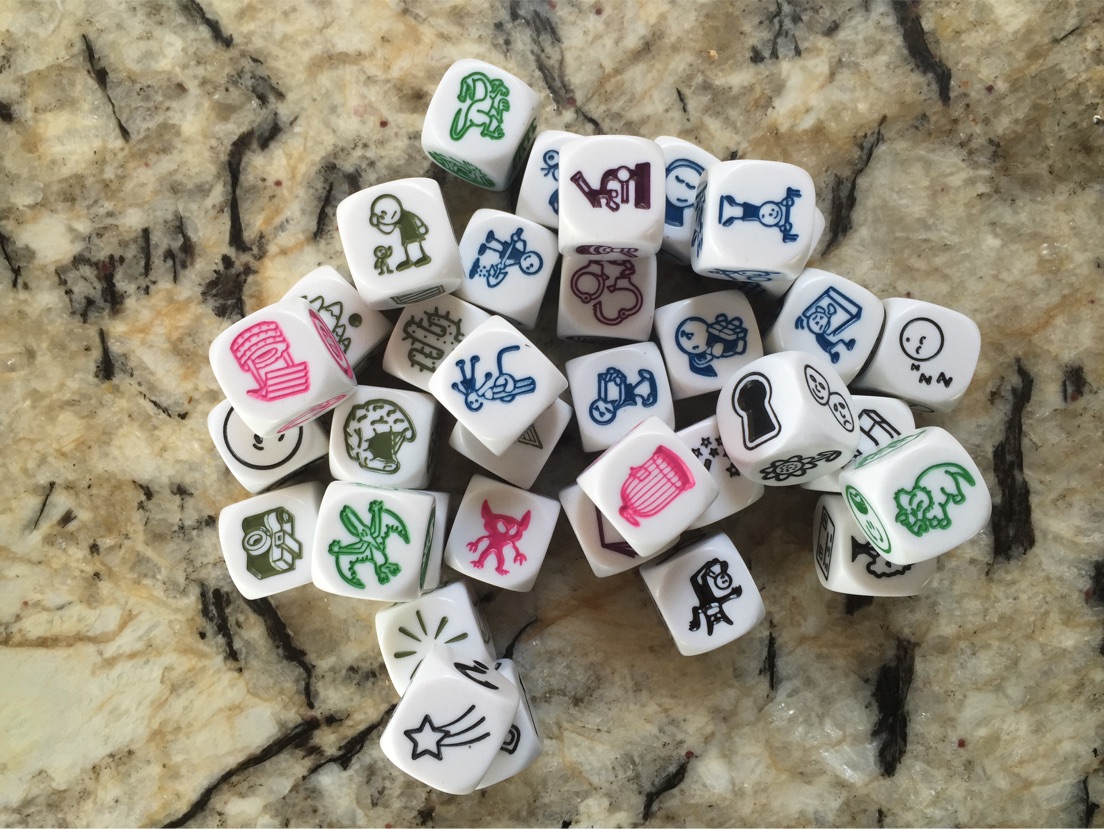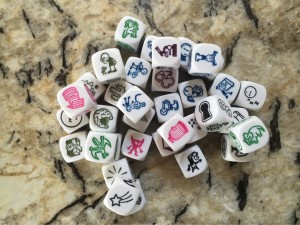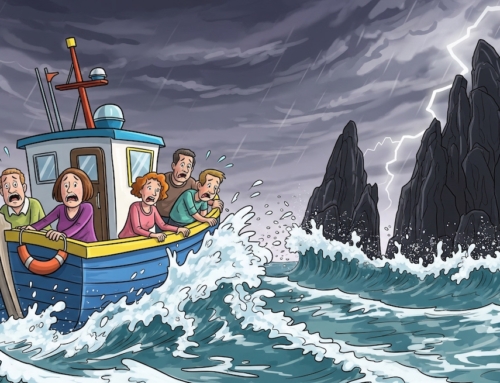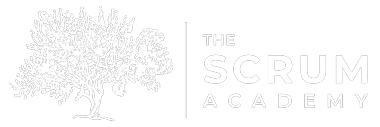
Story Cubes Featured at Scrum Gathering Phoenix & Agile Portugal
 My favorite tool these days has got to be Rory’s Story Cubes®. I came across these intriguing picture dice a few months ago when my consulting colleague from Canada, Ellen Grove, tweeted a photo of them. At once, I wanted to know more about them, where I can buy them (easy to purchase on Amazon.com) and look for ways to include them in my work with clients and in training.
My favorite tool these days has got to be Rory’s Story Cubes®. I came across these intriguing picture dice a few months ago when my consulting colleague from Canada, Ellen Grove, tweeted a photo of them. At once, I wanted to know more about them, where I can buy them (easy to purchase on Amazon.com) and look for ways to include them in my work with clients and in training.
For me, telling stories in the workplace is an exceedingly powerful way to communicate with others and an efficient technique to develop empathy. There is a reason why Kent Beck replaced dry, lifeless requirements documents with stories when he created Extreme Programming. Stories are a good way to take abstract concepts and ideas and make them concrete through examples and personal connections. Stories are more memorable because they are a social activity and encourage dialogue and interaction. Stories are so powerful the book Gamestorming has a technique called Campfire which suggests using storytelling to accelerate new hire training and the diffusion of the often times unspoken, relevant and important tacit information to newbies.
Oddly enough, it appears that we have forgotten how to tell stories in the workplace. As busy adults, we prefer more direct and straight forwards ways to communicate with other, but this was not always the case. At some point in the past, we were all children and as children we were fascinated by stories. Stories are an immersive experience for children. Stories are how children learn about the world around them and make sense of culture. I cannot think of a single child who does not love hearing stories, telling stories or remixing a story by playing “what if…”. Stories are fundamental to the childhood experience.
So what do picture dice have to do with storytelling in the workplace? Story Cubes leverage our innate desire to tell and listen to stories in social setting in a disarmingly simple way. When you use Story Cubes, each player (or storyteller) rolls the dice and creates story incorporating the seemingly random images into a coherent tale beginning with “Once upon a time…” The idea is to bring your life experience, creativity and uniqueness to construct a narrative. The hope is that through storytelling you would make connections between ideas, events and abstractions in a new way to generate insights. Or perhaps your story creates those insights for other people.
For Scrum and Agile Teams, the most obvious uses for Story Cubes are at Retrospectives and when capturing User Stories. Ellen Grove has a great article on her website on how to use Story Cubes in a Retrospective. I have not used Ellen’s exact activity, but I have used Story Cubes in a Retrospective and I can confirm Story Cubes are a marvelous technique to get people talking. This is especially true for Teams that have the classic five minute Retrospective where everything is fine and nothing needs to change. I recommend using Story Cubes to help the Team members go deeper. The more they talk, the more they will realize everything is not fine.
Most of my work with Story Cubes has been focused on writing better User Stories. It is well-known that I find most User Story sessions, aka Product Backlog grooming sessions, to be exceedingly dull and boring. If you find story writing to feel dull and listless or what feels more like old-fashioned requirements gathering, I suggest you focus on improving your storytelling. Storytelling is what make Product Backlog grooming compelling and I suggest you make that process more fun with Story Cubes. If you are not having fun when talking about your product, you are not going to make an innovative product. This was essentially the topic of my talk, Write User Stories Maravilhosas, at Agile Portugal this year.
Finally, while I was attending Scrum Gathering Phoenix, I ran into an old friend of mine, Howard Sublett from SolutionsIQ. He convinced me to sit down for a short interview with Alan Dayley and we talked about – Story Cubes! Be sure to check out this short YouTube video (about eleven minutes) to get more ideas on how I use Story Cubes with Scrum and Agile Teams.





